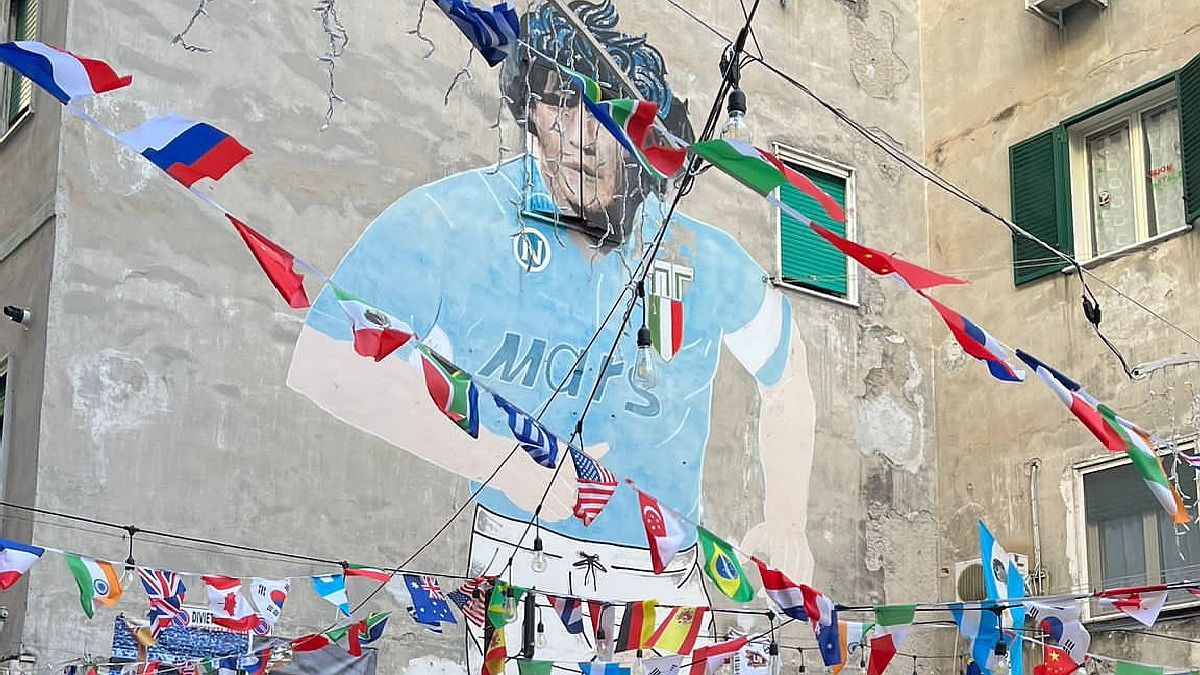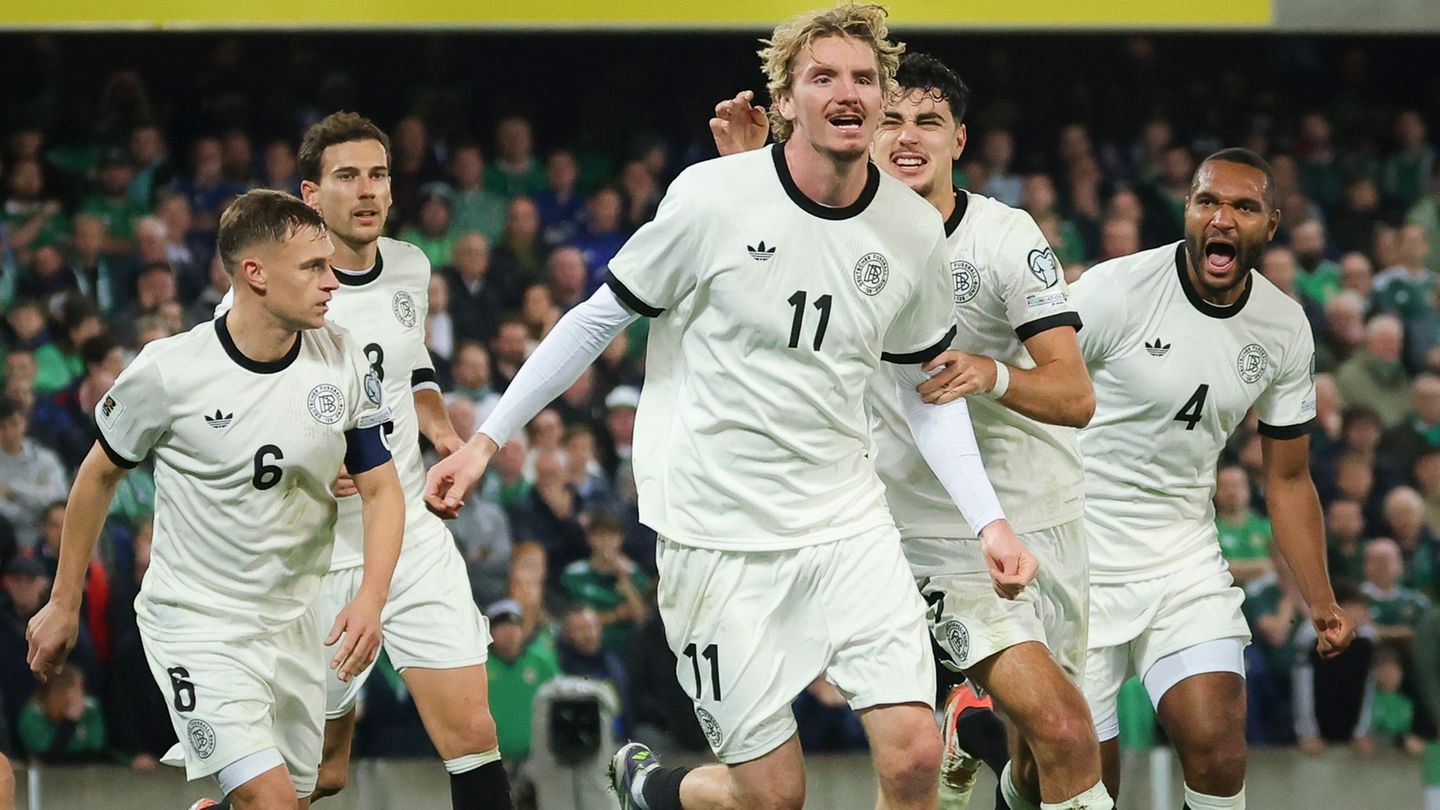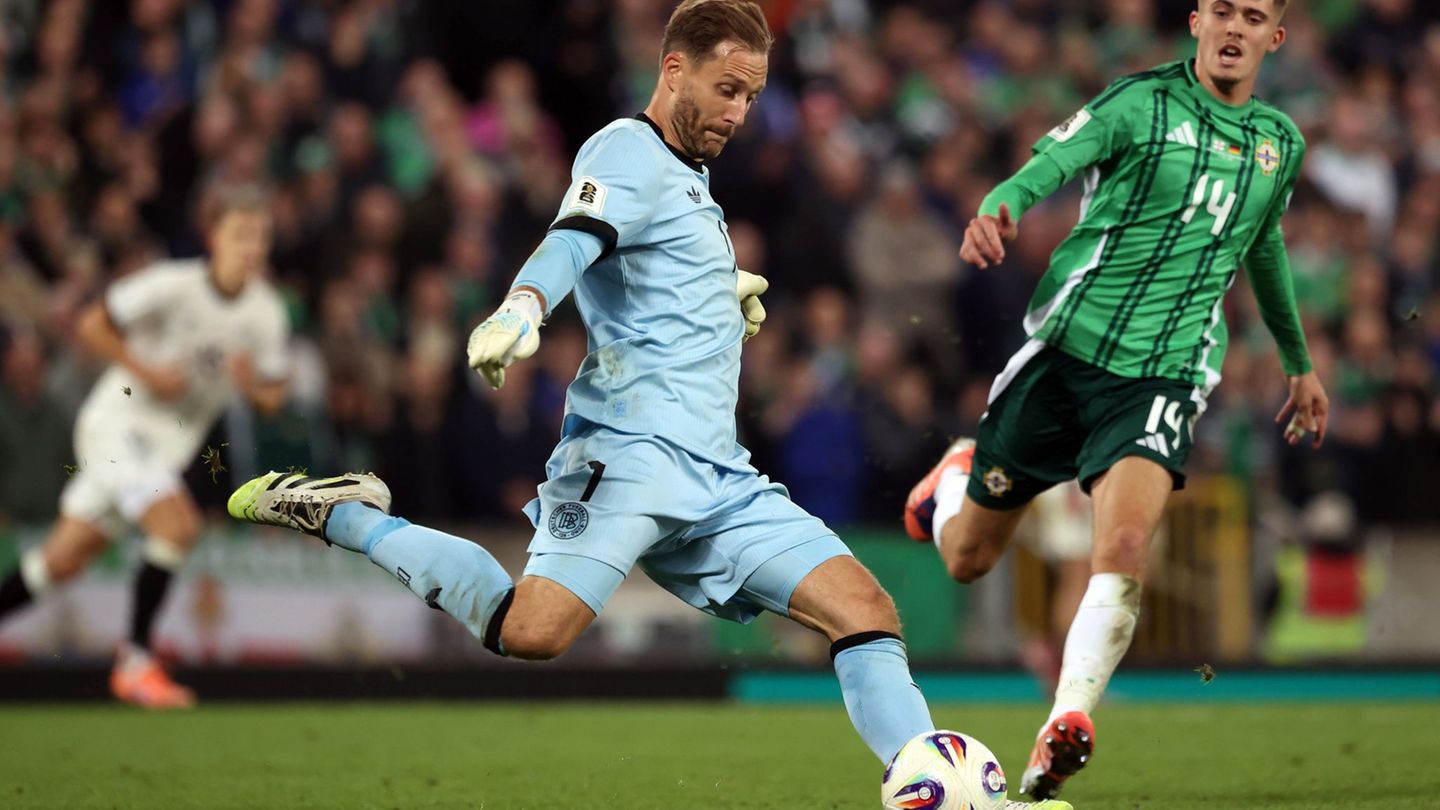The night was wintry and rainy. We took Via Toledo, the main shopping street in the center of Neapolitan, and we began to see the uphill streets that served as entrances to the Quartieri Spagnoli area. We decided to undertake the search for Diego. The first blocks did not raise any alarm: open shops, restaurants, and neighbors walking their dogs.
The further we went, the darker the neighborhood became, and although it is true that Buenos Aires accustoms you to certain parameters of danger, as a tourist one feels unprotected given the ignorance of what he is facing. In a moment of disorientation, we went to ask a young woman who hung clothes on the sidewalk about the mural, and she knew how to guide us correctly.
The rain, the motorcycles going by fast and the “that’s it” almost made us give up, but we turned the corner and there he was: that giant Neapolitan Diego, cartoonish, with his face made of a window. We asked a neighbor who was chatting with another at the door if by chance there was another mural nearby, and after answering that this was the only one she knew of, she recommended us: “Go down, go down” (“Get down, get down”), a warning that it was not a good idea for two tourists to treat themselves to each other in that area at that time of day.
We captured the photos we could between drizzle, old cell phones, fleeting motorcycles and inexperience. A few days later, when we told a relative in Bari (Puglia region) about the experience, he responded with wide eyes, “Quartieri Spagnoli? Say note? Ma seven pazzi!
1682665333016.jpg
Quartieri Spagnoli is probably the area most faithful to the Neapolitan stereotype (photo: Nicolás de Rosa)
“Nobody was going to hose miracles to San Gennaro anymore”
I would never have thought that the following year what happened would happen: between disbelief and sadness I prepared to follow how Napoli reacted to the departure of his (our) imperfect God. And I saw the mural of Quartieri Spagnoli with the people gathered in homage, and I saw the necessary change of name of the old San Paolo stadium, and I saw the Diego everywhere.
1682585732396.jpg
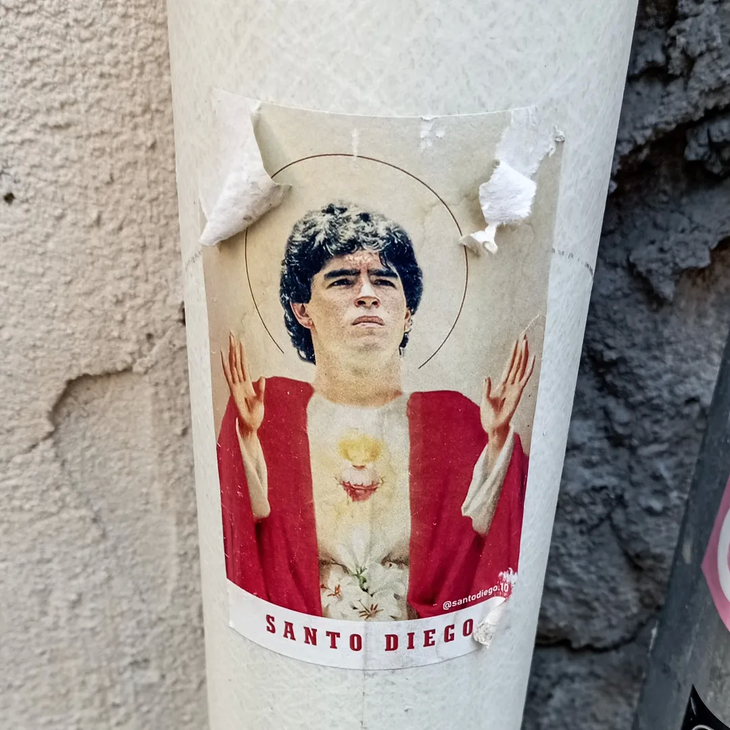
There is no way to exaggerate what Maradona historically means to Napoli. In strictly football terms, the 10th gave the Italian south its (until now) only two “Scudetti” in its history, in a country marked by a strong dominance of the big all-powerful clubs from the north (Juventus, Milan, Inter).
In historical and social terms, Diego’s role is that of a redeemer: if even today the harshness and prejudices between north and south in Italy are still present, in the Neapolitan days of Pelusa misgivings were perhaps stronger than ever for an Italy where the north lived its industrial heyday and constantly received labor from the south. At that time, daily scenes of discrimination were common where in the large northern cities rents were denied to southern migrants and the derogatory use of the term “terrone” (referring to someone who comes from the land, associated at that time with peasant populations) was widespread. from the south). On the football level, this translated into terrible grievances against Napoli: the northern teams received him at home with flags welcoming him “welcome to Italy” and it was common to express the wish for the city to be buried under lava as a Chicana. of Vesuvius.
1682585732448.jpg
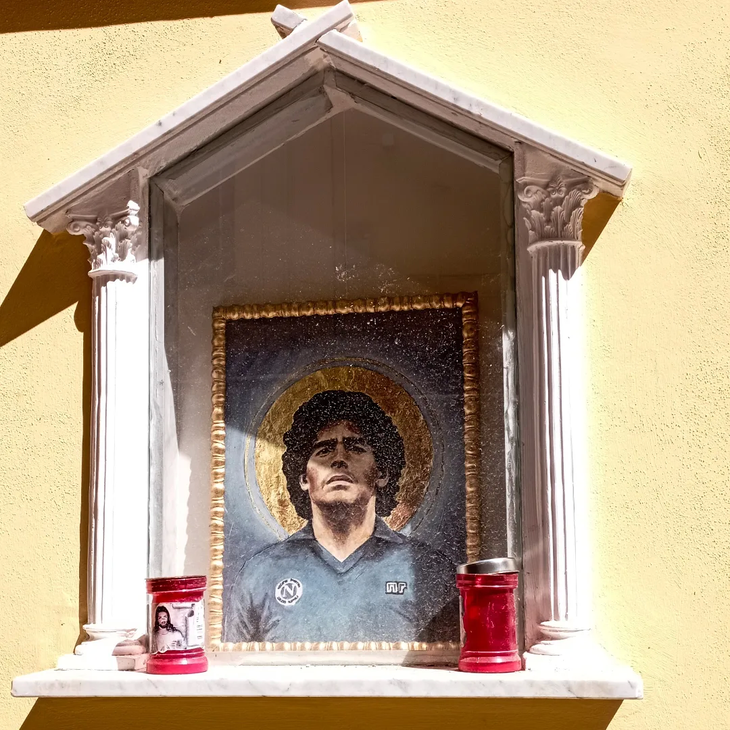
And Diego arrived in the middle of all that: suddenly the tortilla turned around and the “terroni” challenged the owners of Serie A. For many Neapolitans it was almost like a revenge, 130 years later, for the Savoy conquest of their city and its condemnation to being ignored.
Maradonait could be said, he was aware of his significance and faithful to his usual style, he took it upon himself to brand himself as one more Neapolitan (in what he said, in his style, and even in his excesses).
After having given everything to the club, he left and in his symbiosis Maradona and Napoli experienced rough roads at the same time: the first would suffer a cut leg, addictions and growing health problems, while the second would live declines and even a bankruptcy that would force him to start over from Serie C.
1682665332926.jpg
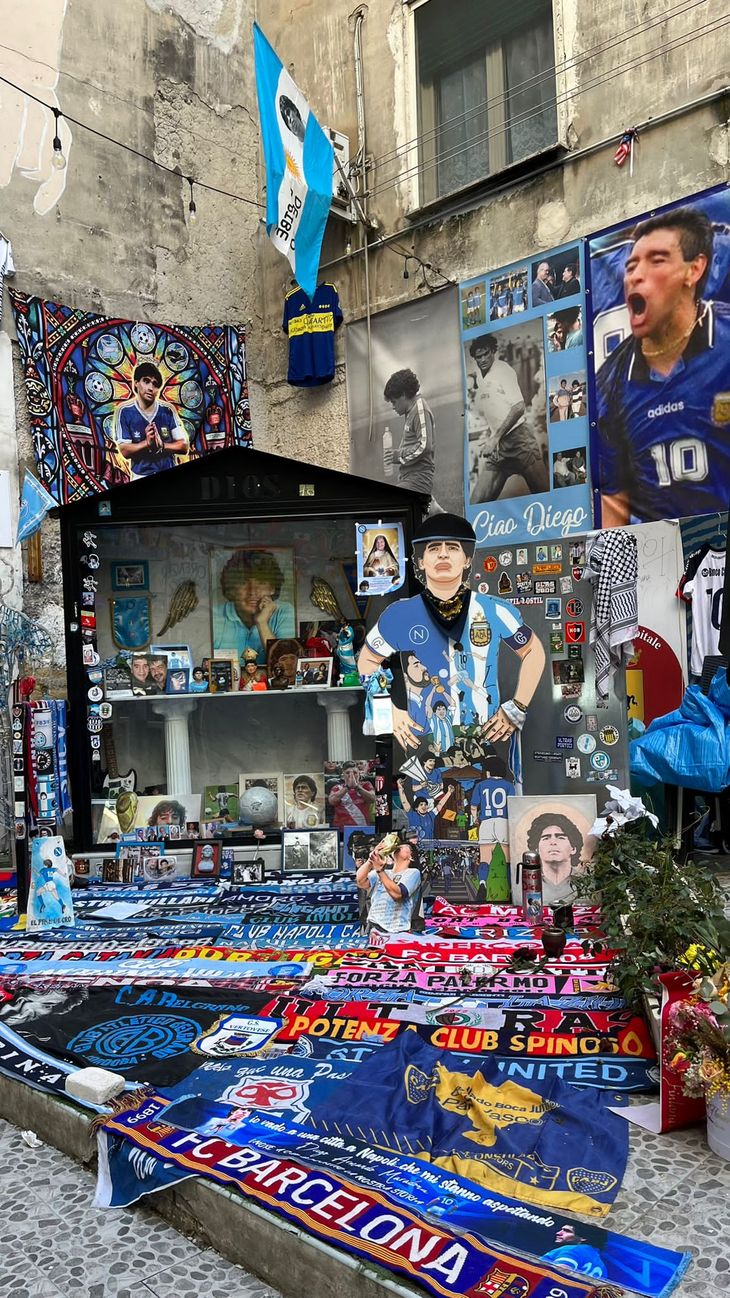
In a city like Napoli, famous for its superstition, Maradona is a saint who forms part of altars and nativity scenes (photos: Nicolás De Rosa)
“And we can see Diego from heaven”
Today, in a world that after the pandemic trauma is experiencing an over-demand for tourism, Napoli is exploding with people. The city, once again a Maradonian miracle, is revitalized, resurrected, something to talk about and stands on an equal footing with the other cities in the country. The Quartieri Spagnoli area, in particular, has long left its ghetto days behind to become a major draw in itself, with its murals, trattorie and unique folklore. In fact, its narrow passageways leave little space for the crowd that daily visits the most popular Maradona altar: where at the beginning of our history there was “just” a mural in a dark and desolate alley, today there is art, countless flags Argentines, music, life and also (inevitably) merchandising.
1682585732211.jpg
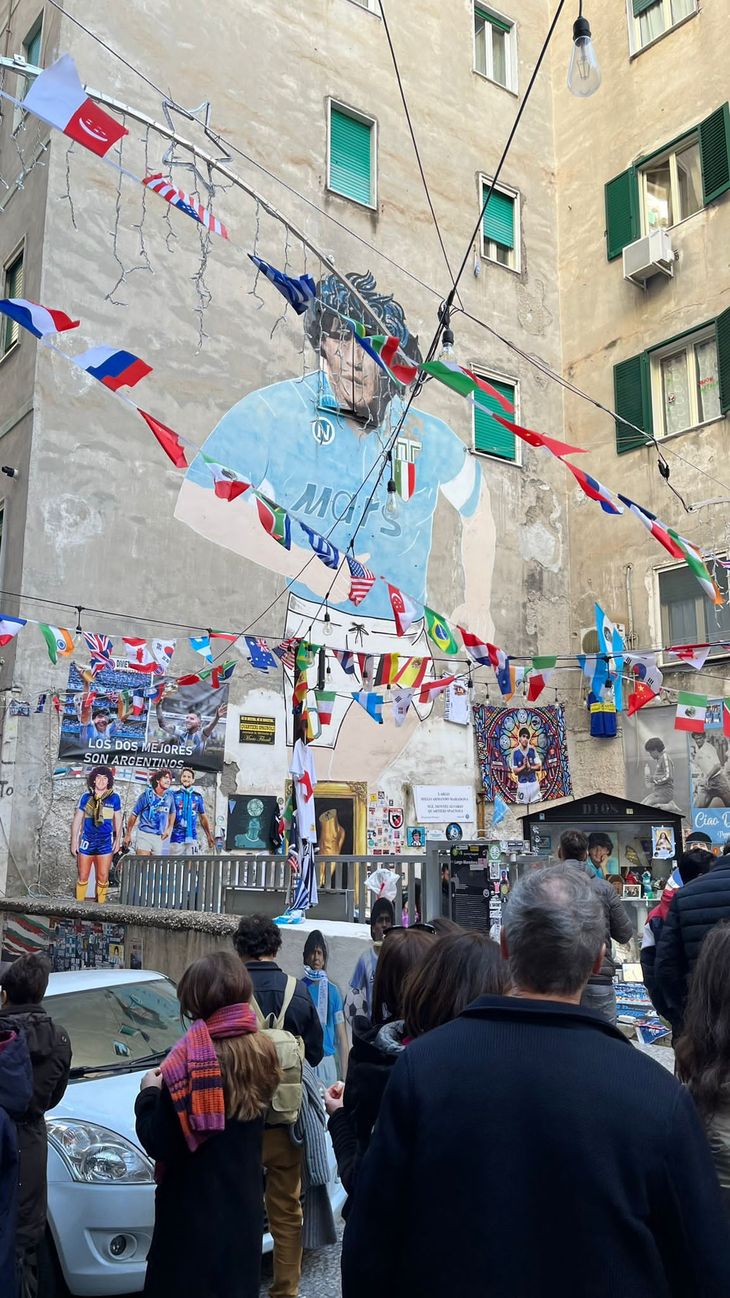
Since 11/25/2020 the Diego mural and its surroundings in Quartieri Spagnoli have gained new importance as a pilgrimage destination (photos: Nicolás De Rosa)
Neapolitans could have started celebrating the Scudetto in advance a long time ago, but they admit to being superstitious (“scaramantici”). However, it’s been a few weeks since they can’t stand it and allusions to their third title have become part of their urban landscape. Its players decorate the alleys of the city in the form of gigantographs, and among them the Georgian Kvaratskhelia stands out, whom they have known how to baptize “Kvaradona”: Diego said it and they repeat it in the city that of “Chi ama non dimentica” (“Whoever loves does not forget”).
1682665332966.jpg
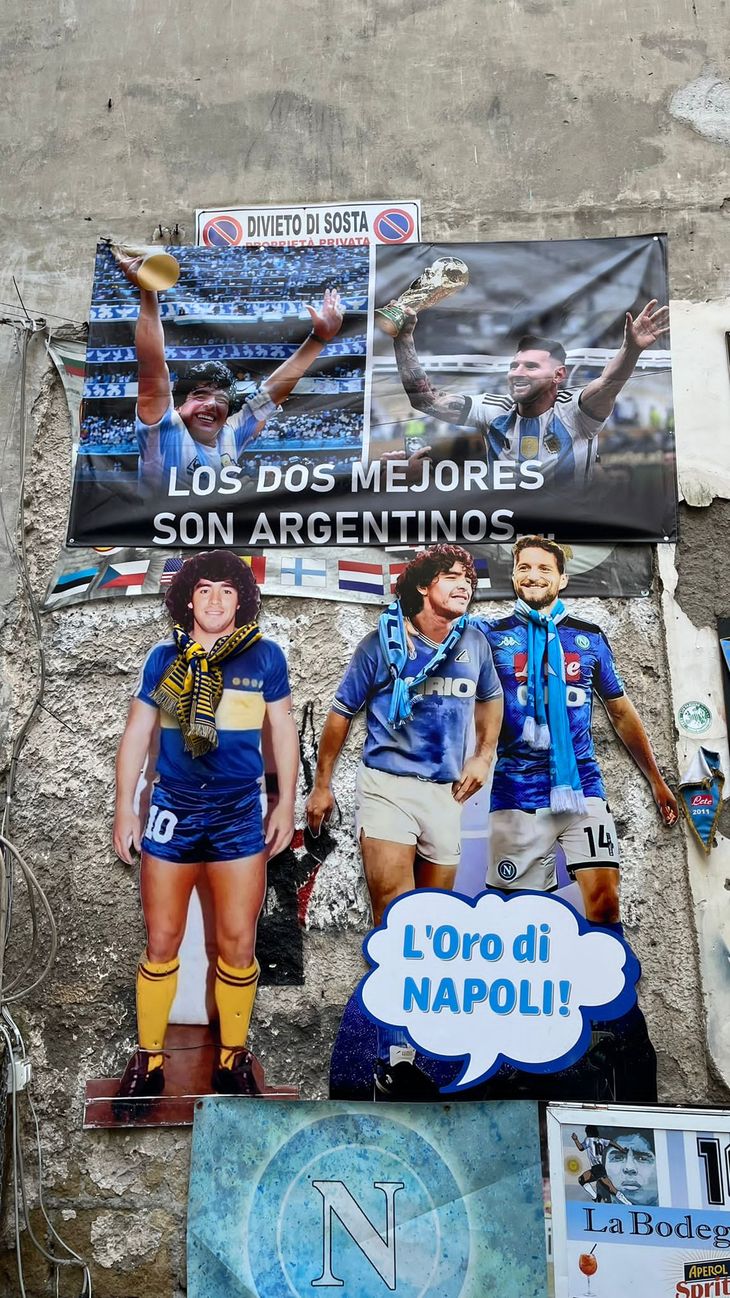
Napoli is without a doubt the Italian city where the local identity is most linked to the club itself (photos: Nicolás De Rosa)
In 2021, “È stata la mano di Dio” became famous (thanks also to the praise of robert deniro), an autobiographical film by Paolo Sorrentino which, as a portrait of his adolescence, goes through his personal dramas and the collective madness of the times when Maradona (against all odds) arrived in Napoli and reaped his first glories. In a scene where they are all watching the Argentina-England game of ’86 as a family, after celebrating the first goal, the wisest old man in the family gives us the following quote that does not need translation:
With hand! What God has signed with his hand! He has vindicated the great Argentine popolo, vessato dall’ignobile imperialist aggression alle Malvinas! He is a genius, a genius. It is a political act, it is the revolution. He li ha umiliati, capisci? He li ha umiliati!
Between “il terzo” and “la tercera”, between our “nulo mufa” and peperoncini porta-fortuna, and between our desperate desires to redeem ourselves after decades of disagreements, the hand of D10S is there and has always been with us.
1682585732276.jpg
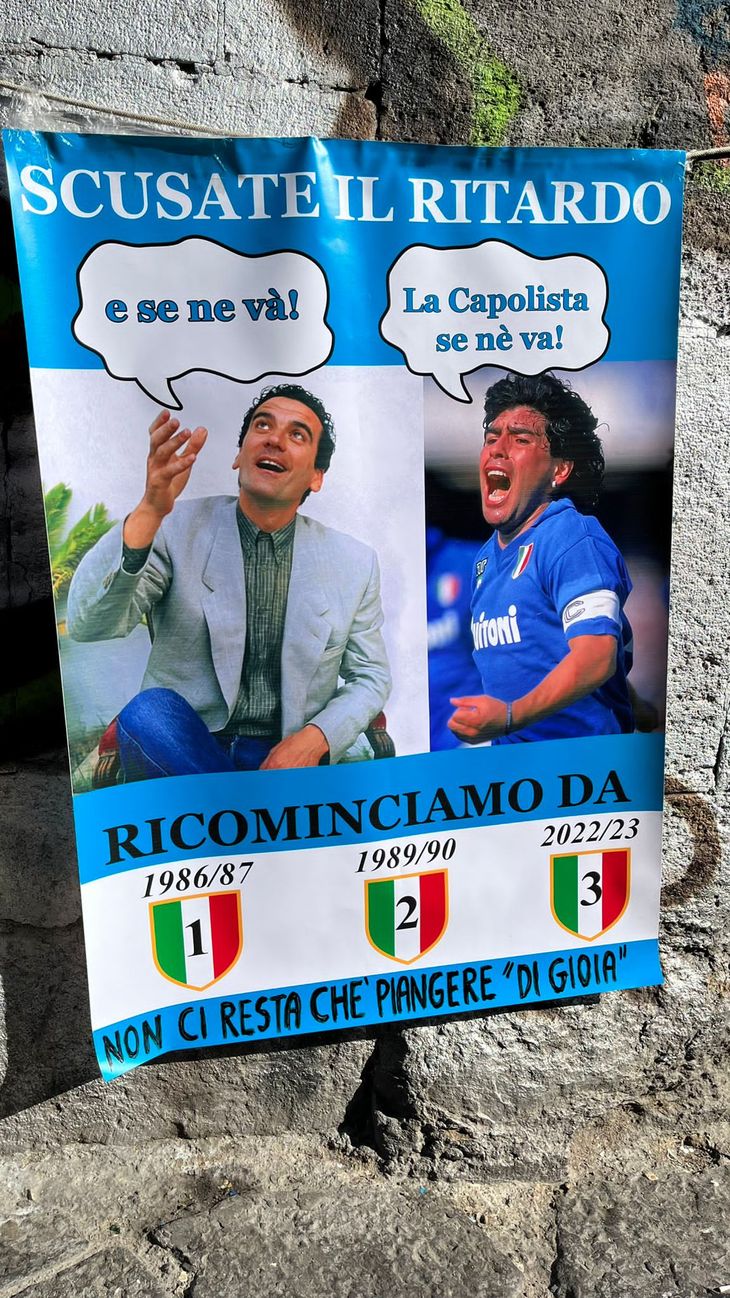
References to Argentina are recurrent in Napoli (such as the blue and white flag with the image of Diego) (photos: Nicolás De Rosa)
Historian, 28 years old, graduated from the University of Buenos Aires. He is currently living in the city of Turin and broadcasts the Italian reality on Instagram from the “Argentanos” page.
Source: Ambito
David William is a talented author who has made a name for himself in the world of writing. He is a professional author who writes on a wide range of topics, from general interest to opinion news. David is currently working as a writer at 24 hours worlds where he brings his unique perspective and in-depth research to his articles, making them both informative and engaging.

